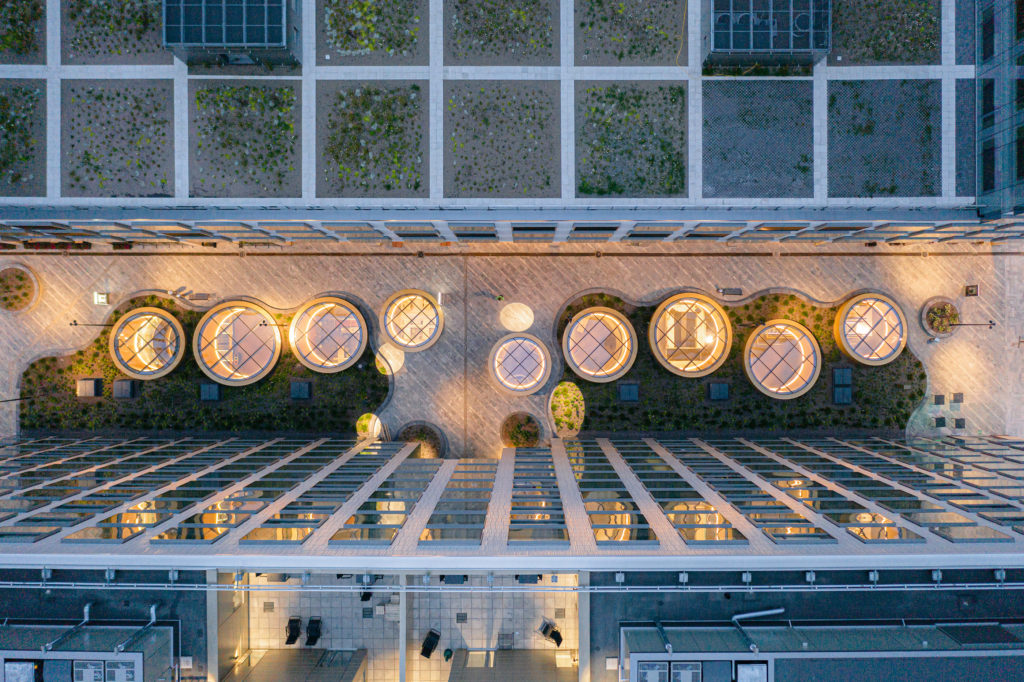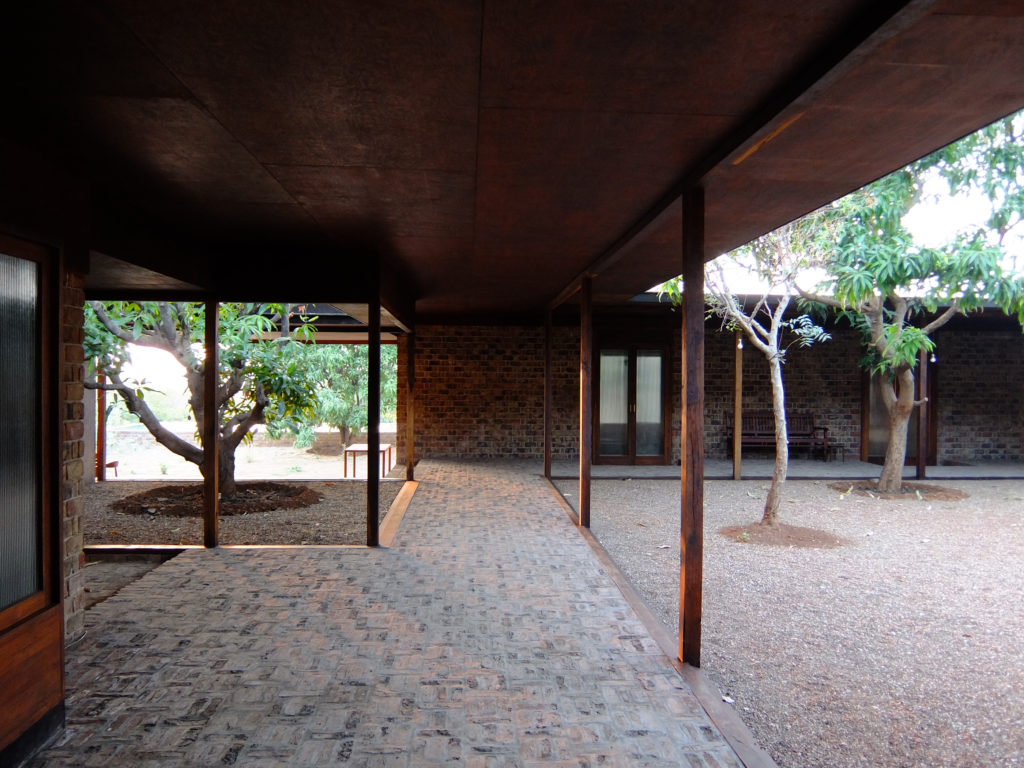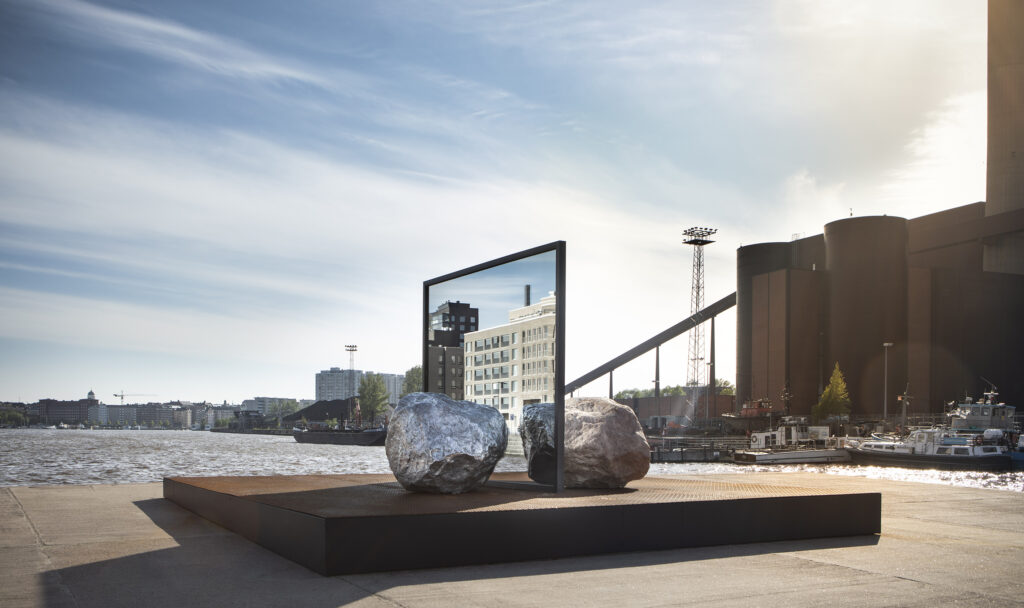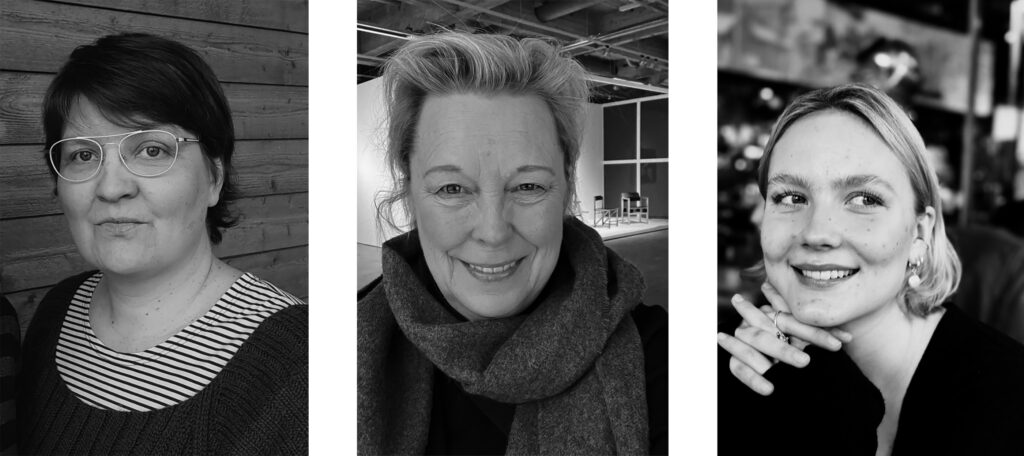What Can an Architect Learn from the Working Cultures Abroad?
In Finland, the process of execution of design project is highly standardised and bound by law. In India, there is a lot of back and forth between the worksite and the design table, which compensates for the lack of standardisation, compares Sudar Oli Gunasekaran.
I have graduated and worked as an architect in both India and Finland. These are some of my observations of the work culture in these different contexts:
In Finland, the role of an architect is that of an expert in aesthetics. In India, the role of an architect is that of a leader of the process of spatial design and execution in a more general sense. The architect enables the continuous co-ordination of different systems and services in such a way that the built outcome is desirable. This is similar to the role of principal designer in Finland, except that it is expected of every architect involved in the project, as the corresponding role does not exist in India.
During the process of execution in India, there is active and fluid communication between the architects and other fields of expertise. It is the norm to ask questions and negotiate to arrive at a better result. Building standards exist but adhering to them is not bound by law, thus, the quality of a built product is primarily determined by the project-specific process. In Finland, negotiations are less frequent and more structured. This linear structure can lead to a higher threshold to ask questions from other experts. The social discomfort is sometimes so high that the act of asking a question is perceived as questioning someone’s expertise.
In Finland, the process of execution is highly standardised and bound by law. An unexpected and possibly undesired outcome of this is that the process is split vertically into chunks – from the reference plan, the design proceeds into the detailed planning phase, and eventually building design and its implementation. This kind of process transfers information rather linearly, and participants do not communicate with each other in a fluid and flexible way, at times leading to issues. In India, there is a lot of back and forth between the worksite and the design table, which synchronises each project organically and compensates for the lack of standardisation.
In Finland, architects might be able to have a greater influence on the outcome of a built product if they communicated and asked questions more freely. ↙
SUDAR OLI GUNASEKARAN is an architect whose interests are centred on themes of bridging architectural education and practice.




